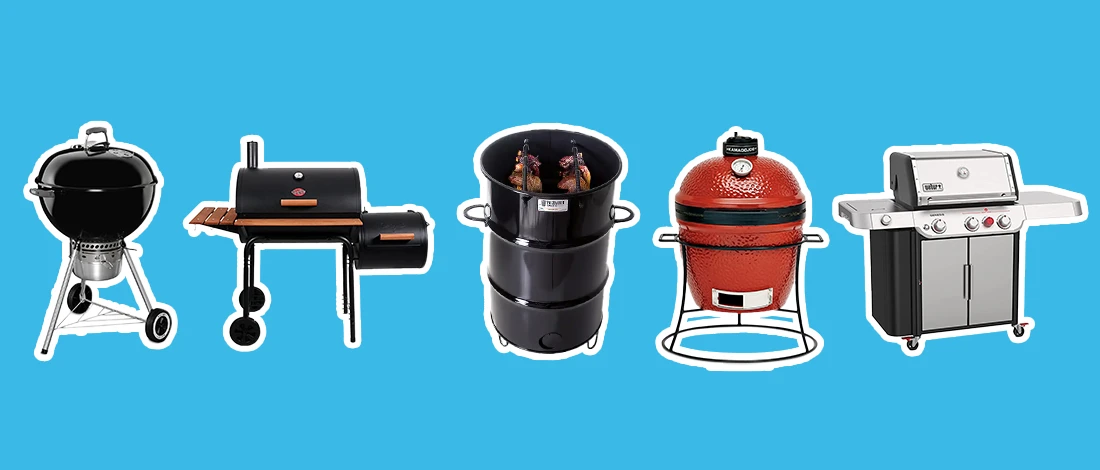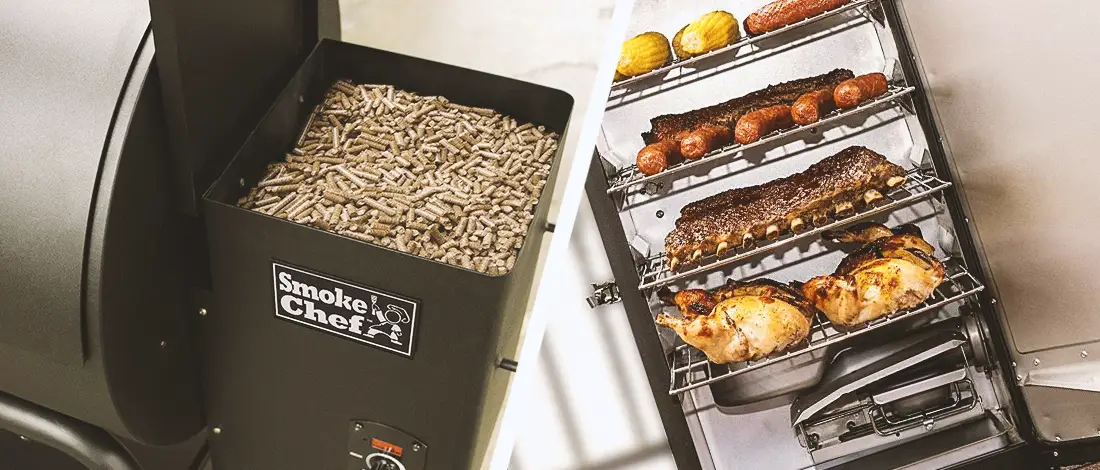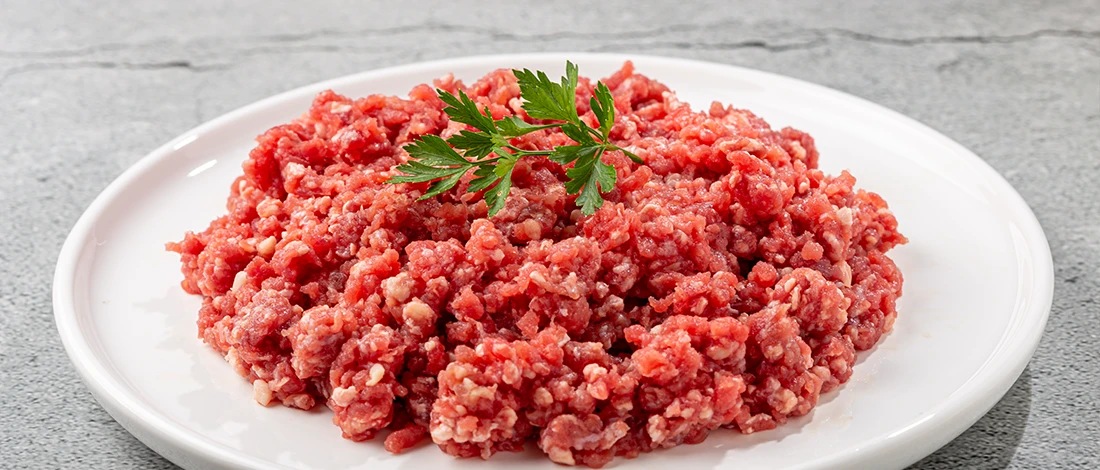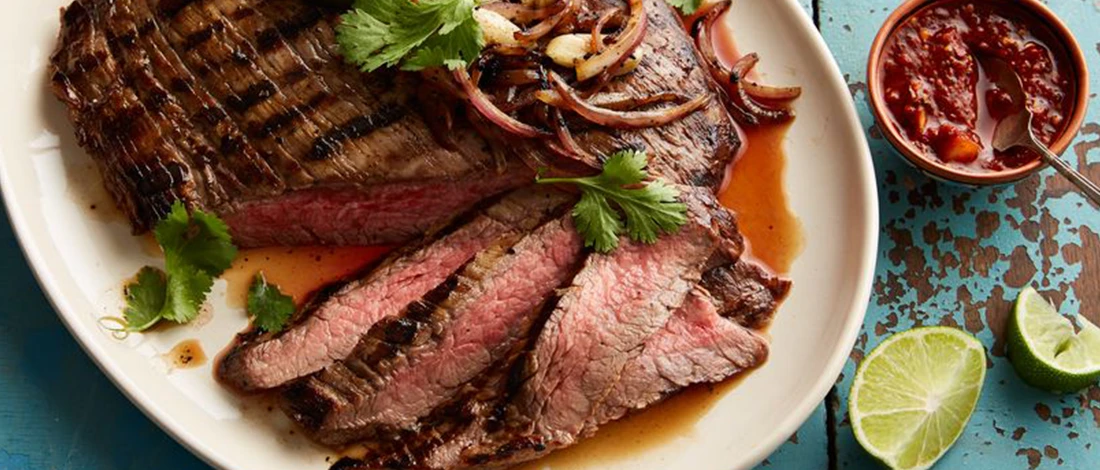At Carnivore Style, we've used and experimented with every fuel available for over 12 years of smoking meats, and the best fuel for a smoker comes down to what flavor you want and how much effort you are prepared to put in when tending to your smoker.
Quick Summary
- The best fuel for smokers depends on the desired flavor and effort level, with options including wood logs, wood pellets, charcoal, gas, and electricity.
- Wood offers a variety of smoke flavors and is economical, but requires more attention for temperature control.
- Charcoal is beginner-friendly, provides good smokiness, and is cost-effective, but requires ash cleaning after each cook.
- Check out our list of the best charcoal briquettes on the market that mixes well with any wood pellets.
Smoking meats is very much an individual preference, so this article will look at how each fuel type offers that slight variation and how the experimentation with the different fuel types will lead you to your unique smoking profile.
Using Wood For Smoking – The Old School Way
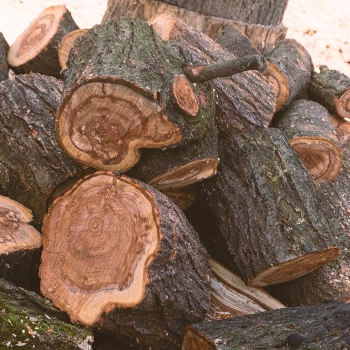
Nothing comes close to the time-honored tradition of using burning wood for many smoking enthusiasts.
Wood is plentiful and has a great variety of options in terms of smoke flavor. The best part is that it's an economical fuel source for outdoor cooking due to its low price tag.
You can use wood logs or wood chunks on most smokers and wood pellets on a pellet smoker.
I love the incredible versatility of wood to achieve different flavors with various meats that appeal to me personally.
The fact that you can mix and blend hardwoods and fruitwoods to create new and different smoked flavors from subtle to strong is one of the reasons that wood is often cited as the best fuel for smokers.
Remember to stick with hardwoods and fruitwoods and never use softwoods with resin and sap like pine or cedar as the smoking fuel as these are not healthy and potentially carcinogenic [1].
The one aspect of using wood is that it requires more attention to the fire to keep the temperature consistent, so tending to your fire regularly and proper temperature control is a requirement when using wood logs as the primary fuel source.
It also takes time and practice to master the use of wood, but that’s half the fun!
Pellets As A Smoking Fuel
These are less effort as the pellets are fed into the fire automatically, and using the right kind of pellets can deliver that rich smoky flavor in your meat.
Since most pellets are made from compressed hardwood logs sawdust, they are also reasonably cheap and, like wood logs and chunks, have a great variety of flavor options.
This is a real ‘set-and-forget- fuel, and they take up a lot less space than partially burning hardwood logs or chunks, but they also don’t burn as hot, so grilling is not an option, and sometimes the smokiness can be too intense.
Most hardwood pellets are organic, but you should check the packaging labels for any potential additives affecting the mild flavor.
Smoking Using Charcoal – The Best Of Both Worlds

Charcoal in either briquette or lump form is a prevalent option for smokers.
It’s portable and doesn’t require much tending to, but one of the issues with charcoal lumps is that there can be synthetic additives in the coal, so check your packaging before buying to ensure you get the most natural organic product you can.
Charcoal lumps can be used at low or high temperatures, and while it does take some time to burn down, that time can be used for smoking meat or enjoying a drink with friends. It especially applies to hardwood charcoal lumps.
The high heat option makes it great for grilling and searing or a low-and-slow cook for extra smoke-infused flavor.
Charcoal is an excellent option for beginners as it doesn’t require a lot of attention and still provides a great smokiness to the food and good bark. It’s also freely available and cost-effective.
On the downside, you need to clean the ash out after each cook, and it will take a little time to figure out the correct quantity of coal for your particular preference.
Tip: When starting with coal, start small and build a fire bigger rather than the other way around. This gives you far more control and precision with your heat and smoke.
Gas And Electricity As Fuels

The heat source is incredibly consistent with each of these options, and controlling it takes less effort and know-how than charcoal lumps or wood.
Adding your wood chips for the smoky flavor gives you a wide variety of smoke intensity, and there are great options in terms of wood flavors available.
Gas and electricity are often preferred in smaller residential complexes or apartments where a coal or wood fire wouldn’t be preferable. Each is portable and easy to use, with that same ‘set-and-forget’ operation.
Natural Gas Smokers
Many natural gas smokers require portable cylinders, so you need to ensure an extra one so you don’t run out of fuel mid-smoke since many may not accept a natural gas supply.
The combustion gases could also end up messing the flavor when not handled properly.
Unlike electric smokers, you need to adjust temperatures on the natural gas smoker manually, and you may find that your liquid propane smoker would not be able to function as gas grills either.
Electric Smokers
The electric smoker is a favorite for city dwellers looking for that smoky meat experience with a constant fuel source that requires no effort and is easy to control temperature settings.
As they use wood chips like the gas smokers, the depth and consistency of smokiness will not be as intense as with charcoal lumps or wood, and they are not usually suitable for grilling either.
However, an electric smoker is simple to use and deliver consistent results for outdoor cooking, and having one is better than not having one, so you can just switch it on, set the temp, add your chips, close it and let it work its magic.
At the same time, you relax with friends and have the smoky aroma drift tantalize your tastebuds.
Related Article: Best Wood for Smoking Meat
If you’re looking for more insights on smoking meats, be sure to check out more guides from Carnivore Style. We’re committed to helping you get the most out of your smoking experience with tips, tricks, and expert advice.
References:
- https://www.bradleysmoker.com/blog/2021/05/17/is-cedar-a-recommended-meat-smoking-wood/
- https://www.tasteofhome.com/article/charcoal-vs-wood/


